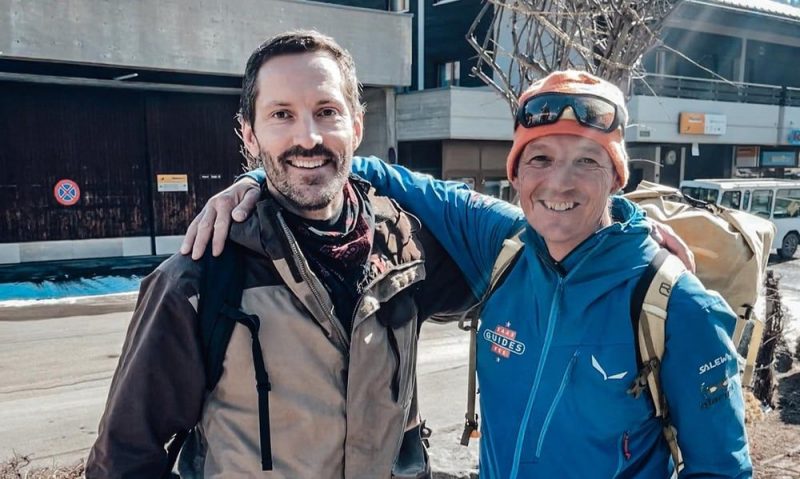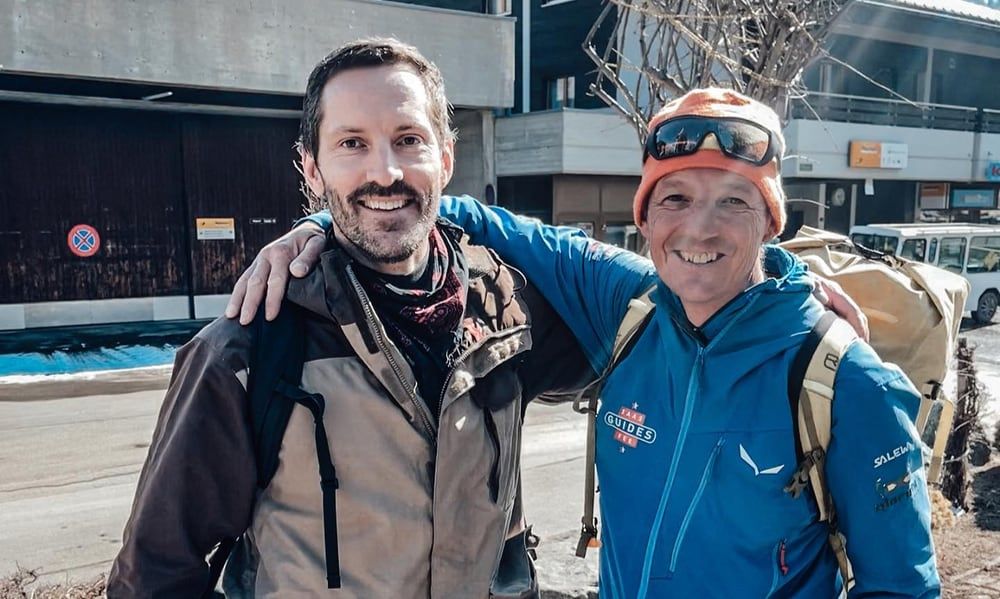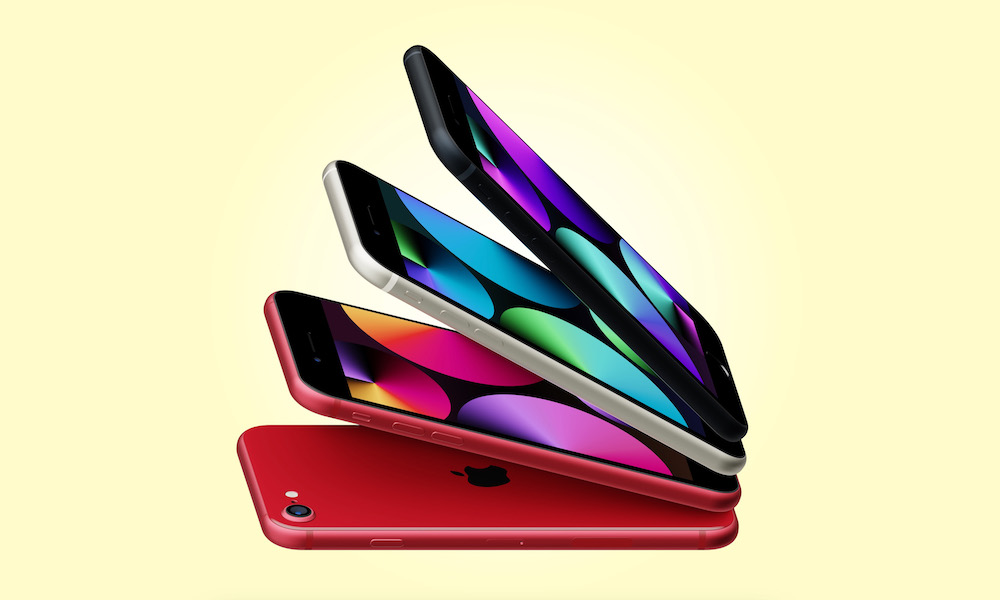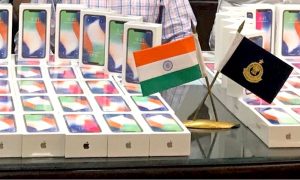Snowboarder Falls into 15-foot Crevasse, Helped Saved by iPhone Emergency SOS at Just 3% Battery

 Credit: Tim Blakey / Instagram
Credit: Tim Blakey / Instagram
While we’d obviously recommend a really protective and rugged case if you’re going on an outdoor snowboarding adventure in the alps, Tim Blakey’s experience shows why you should never leave home without your iPhone in tow — and some extra battery power, too.
According to Britain’s LBC, Blakey was out snowboarding alone in the Alps, at an elevation of around 10,000 feet, when he fell into a 15-foot crevasse hidden beneath the snow.
Thankfully, the snowboarder, who is also a personal trainer, landed on a “fragile snow bridge,” preventing him from plummeting all the way to the bottom.
These Incredible Apps Help You Save Money, Earn Cash, Cancel Unwanted Subscriptions, and Much More
The App Store has become completely oversaturated with all the same repetitive junk. Cut out the clutter: These are the only 6 iPhone apps you’ll ever need…Find Out More

Blakey had only a three percent charge left on his iPhone, but it was enough to allow him to successfully trigger the Emergency SOS feature by pressing his iPhone’s power button five times.
Despite this, it still took nearly 20 minutes before he could get hold of emergency services, and if Blakey hadn’t thought to bring along an extra battery pack, they might have had a much harder time finding him. Fortunately, he had one in his backpack, although he had to be very careful about retrieving it to avoid cracking the snow bridge that he had landed on.
I had a battery booster in my backpack and had to move very, very carefully to get it off and get it out.Tim Blakey
Blakey’s rescuers arrived after about 45 minutes, led by Swiss Rescue services volunteer Michael Schwarzl, who had received the text containing Blakey’s location. Schwarzl called for a helicopter to airlift Blakey to safety, after which he was taken to the hospital and released the same day with nothing more than an injured ankle ligament.
Schwarzl, an experienced mountain rescuer, said that Blakey was lucky to be alive and fortunate to have a cellular signal. “Three days later, I attended a similar rescue nearby, but the person fell 100ft and died,” the rescuer added.
Following the incident, Blakey shared his experience on Instagram to help bring awareness to the wonderful job that Swiss Rescue services do and his own foolishness in snowboarding solo.
Never solo again. No matter how experienced you think you are, it is no joke. I was lured into a false sense of security which also led me to be very blasé about researching the areas I snowboard.Tim Blakey
Blakey also had high praise for Apple and the company’s forethought in creating the Emergency SOS feature in the first place.
The last thank you to @apple, their side button 5 click to emergency services -especially great when your screen is constantly being dripped on, & to the service provider for giving me 3G connection and 3% battery 5m below the ice🤯. The alternative to this has been keeping me up at night to say the least.Tim Blakey
Improving Emergency SOS
As Blakey admits, it’s frightening to think of what may have happened if he hadn’t had a 3G signal below the ice. It highlights exactly why Apple is still frantically working on improving Emergency SOS to ensure that it works everywhere around the globe.
Last summer, analyst Ming-Chi Kuo kicked off a flurry of speculation when he suggested that the iPhone 13 would have the necessary chips to support low earth orbit (LEO) satellite connectivity.
However, a more in-depth analysis of that rumor suggested that those reading Kuo’s report may have confused things. The new frequencies that were reportedly coming to the iPhone 13 are used by Globalstar, which is a satellite communications company, but those specific frequencies are used for terrestrial 5G communications, not LEO connectivity.
Even so, there was a germ of truth to the original idea, even if it came from the wrong direction. A week later, Bloomberg’s Mark Gurman revealed that Apple is working on satellite connectivity — but only for emergency communications.
Gurman didn’t expect that feature to arrive in time for the iPhone 13, but recent rumors have said it may be ready for this year’s “iPhone 14.”
Looking at Blakey’s experience, it’s easy to see why this is important. At 10,000 feet up in the Swiss Alps, cellular connectivity is a gift, not something one should count on. However, an iPhone that can send out an Emergency SOS signal no matter what could be a lifesaver in a whole new set of circumstances. Paired with Fall Detection on an Apple Watch, it could even call for help in situations where an accident victim is rendered entirely unconscious.
Dedicated emergency signaling devices already exist, such as Garmin’s inReach, so the iPhone wouldn’t be the first device to support emergency satellite communications. However, these other devices require pricey subscription plans, and as Blakey’s experience shows, they’re not something that even extreme sports enthusiasts think to bring along with them. Having this built into the iPhone would automatically bring this to hundreds of millions more people, saving many more lives.







